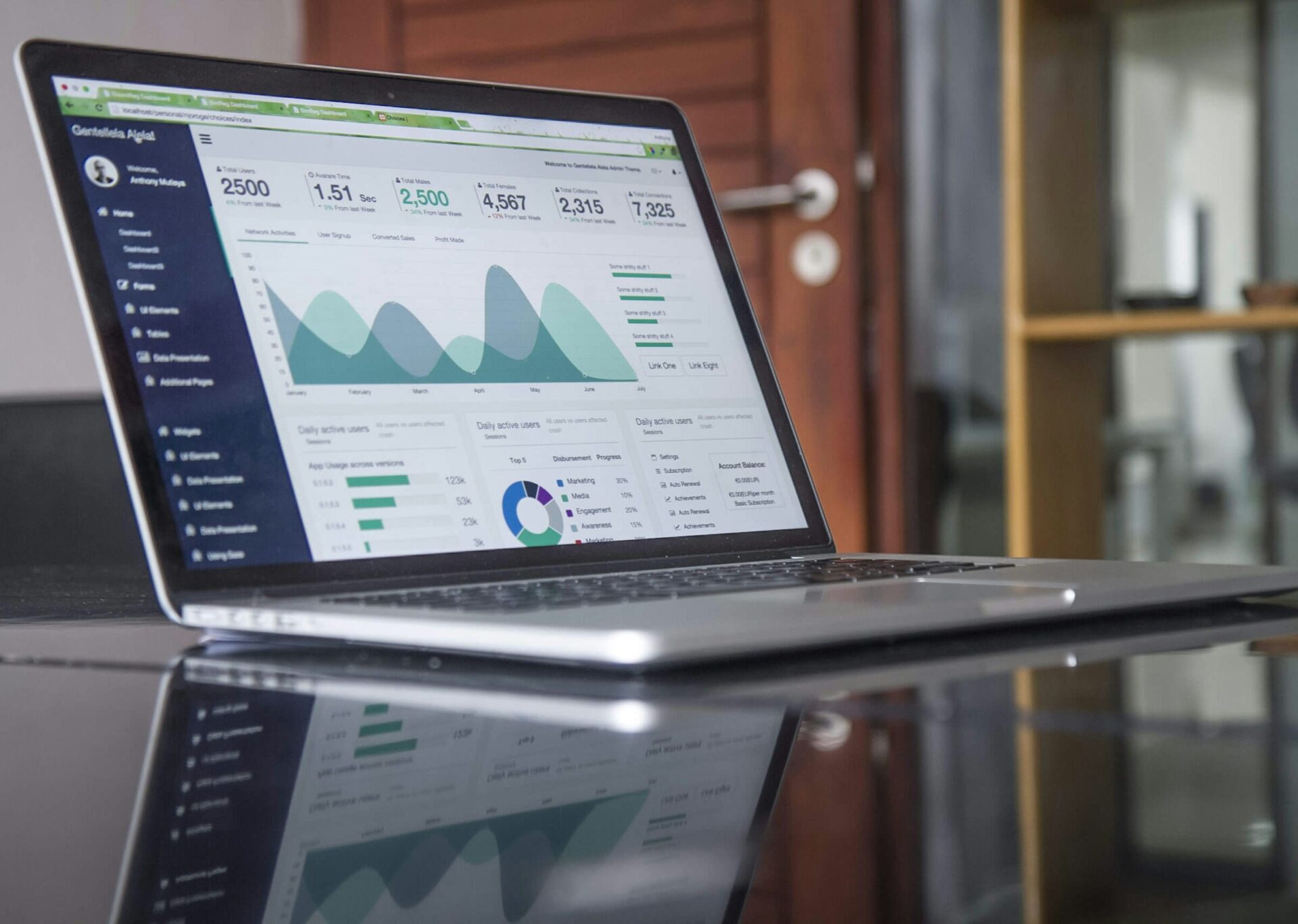Understanding Your Personal Financial Statement

Your personal financial statement is a powerful tool that provides a snapshot of your financial health and helps you understand where you stand financially. By breaking down your assets and liabilities, a personal financial statement offers valuable insights into your overall financial situation. Let’s explore the components of a personal financial statement and discuss how to use it to gain a better understanding of your finances.
Assets
Your assets are everything you own that has value. When creating your personal financial statement, it’s important to list all your assets accurately. Here are some common types of assets to include:
a. Cash & Cash Equivalents: This category encompasses cash on hand, checking accounts, savings accounts, and any money market funds you may have.
b. Investments: Include stocks, bonds, mutual funds, ETFs, retirement accounts (such as 401(k) and IRA), and any other investment vehicles.
c. Real Estate: List the value of any real property you own, whether it’s your primary residence, a rental property, vacation home, or land.
d. Personal Property: Don’t forget to include valuable possessions like vehicles, jewelry, artwork, collectibles, and household items.
e. Other Assets: This category may cover business interests, royalties, intellectual property, or loans made to others.
Liabilities
Liabilities represent your financial obligations or debts. It’s crucial to be transparent about what you owe to others when compiling your personal financial statement. Here are some common types of liabilities to include:
a. Mortgage Loans: List the outstanding balance on any mortgages you have, including those for your primary residence, investment properties, or vacation homes.
b. Auto Loans: Include the amount owed on loans for your vehicles.
c. Student Loans: Don’t forget to account for any outstanding balances on loans used to finance your education.
d. Credit Card Debt: List the total amount owed on all your credit cards.
e. Personal Loans: Include any loans you’ve taken from family, friends, or financial institutions.
f. Other Liabilities: This category may encompass medical bills, taxes owed, legal judgments, or any other outstanding financial obligations.
Calculating Net Worth
Once you’ve listed all your assets and liabilities, calculating your net worth is simple. Subtract the total liabilities from the total assets to determine your net worth. Your net worth is a crucial indicator of your financial health and provides insight into your overall financial situation.
Example formula for calculating Net Worth:
Net Worth = Total Assets – Total Liabilities
Your personal financial statement is a valuable tool that can help you gain a better understanding of your finances and make informed decisions about your financial future. By accurately listing your assets and liabilities, you can assess your financial health, track your progress over time, and identify areas for improvement. Whether you’re planning for retirement, saving for a major purchase, or simply striving for financial stability, regularly updating your personal financial statement can help you stay on track and achieve your financial goals.
When Are PFS’s Used in Commercial Real Estate?
Personal financial statements can be used in commercial real estate transactions in various ways, particularly when individual investors or small businesses are involved. Here are some scenarios where personal financial statements play a role:
1.) Financing: When seeking financing for a commercial real estate investment, lenders often require personal financial statements from individual guarantors or small business owners. This is especially common for smaller commercial properties where the borrower’s personal financial strength may be a significant factor in the lender’s decision-making process.
2.) Loan Guarantees: In many cases, lenders may require individuals or business owners to provide personal guarantees for commercial real estate loans, particularly if the property’s income or value may not fully support the debt. Personal financial statements help lenders assess the guarantor’s ability to fulfill this obligation.
3.) Joint Ventures: In joint venture partnerships, where multiple parties come together to invest in a commercial real estate project, each participant may be required to submit a personal financial statement. This allows all parties to evaluate each other’s financial standing and ensure that everyone has the necessary resources to contribute to the investment.
4.) Small Business Owners: Small business owners often use their personal financial statements when acquiring commercial real estate for their business operations. Lenders may consider both the business’s financials and the owner’s personal finances when underwriting the loan.
5.) Tenant Leasing: In some cases, landlords may request personal financial statements from prospective tenants, especially if the tenant is a small business or startup. This helps landlords assess the tenant’s financial stability and ability to fulfill lease obligations.
6.) Property Sales: When selling a commercial property, individual sellers may need to provide personal financial statements to demonstrate their financial stability and ability to fulfill any obligations related to the transaction, such as paying off existing debts or covering potential liabilities.
In all these scenarios, personal financial statements serve as a tool for assessing the financial strength and creditworthiness of individuals involved in commercial real estate transactions. They provide valuable insights into an individual’s assets, liabilities, and overall financial health, helping lenders, investors, and other stakeholders make informed decisions.
Disclaimer: The information provided in this article is for educational and informational purposes only. It is not intended to be, nor should it be construed as, financial, legal, or investment advice. Readers are advised to consult with qualified professionals, such as financial advisors, attorneys, or real estate experts, before making any financial decisions or entering into any commercial real estate transactions. The author and publisher of this post make no representations or warranties regarding the accuracy, completeness, or suitability of the information provided herein. The use of this information is at the reader’s own risk.
Share This Article:


